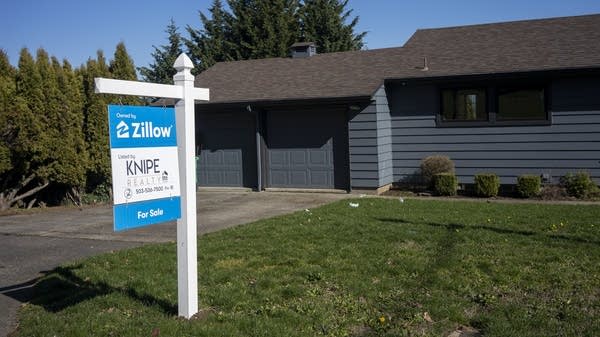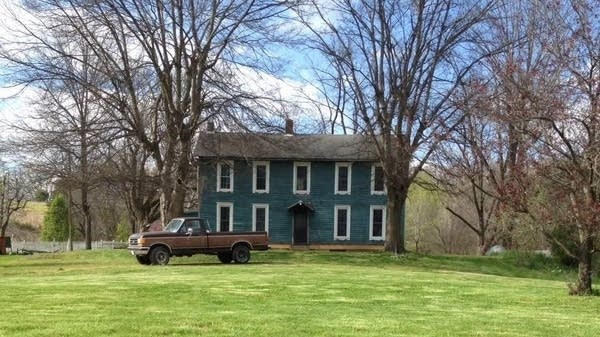The pipeline of new apartments is drying up
After booming early in the pandemic, apartment construction has fallen off. That means fewer new units and higher rents in the coming years.

The pandemic prompted a lot of Americans to move from the Northeast and the West Coast to the Sunbelt — cities including Nashville, Atlanta, Tampa, Austin and Phoenix. That, in turn, prompted developers in those markets to build housing.
New apartment construction projects jumped almost 40% between 2020 and 2022, according to the Census Bureau. But since then, apartment construction starts have fallen back below where they were before the pandemic. That means fewer new apartments will be delivered in the coming years.
One region that saw an apartment construction boom early in the pandemic was central Texas.
“You had robust job growth, population growth in the central Texas region,” said John Kirk, the founder of the Lightpath Company, a multifamily development company based in New Braunfels, Texas, about an hour south of Austin.
Kirk said that construction boom started to taper off a couple years ago, when it started getting harder to get loans.
“Lenders started getting really tight on capital,” Kirk said. “The interest rates, where they were — very difficult to underwrite.”
At the same time, all of those new apartment buildings that were built early in the pandemic started hitting the market. That new supply caused rent growth to slow down, giving builders less incentive to start new projects.
“When you put it all together, all those different levers, it needs to produce a return,” Kirk said. “And if that return’s not there for the risk you’re going to take, well, OK, it doesn’t make sense to start this project.”
Developers are facing other headwinds, too. Danushka Nanayakkara, assistant vice president for forecasting at the National Association of Home Builders, said there’s a construction labor shortage. And then, of course, there are the President’s tariffs.
“So costs are expected to rise for steel, aluminum, copper, appliances,” Nanayakkara said.
As a result, apartment construction starts are likely to fall even farther.
Xander Snyder, senior commercial real estate economist at First American, said that’ll have consequences in 2026 and 2027.
“Starts is really just a leading indicator for completions,” Snyder said. “As you can imagine, you can’t deliver new apartments that haven’t started to be built yet.”
Snyder said there’s still a national housing shortage. So if developers deliver fewer apartments in the coming years, that could put upward pressure on rents.
“Rents will probably stabilize for a little bit, and then they’ll turn back into growth territory, because that housing shortage dynamic will pick back up,” Snyder said.
Developers are still trying to find ways to meet the demand for housing, given all the headwinds.
Paul Habibi, principal of the real estate consulting firm Grayslake Advisors, said right now, many developers are trying to add capacity to existing properties.
“That could be something as simple as building ADUs on a portion of the parcel that may have capacity,” Habibi said. “It could be renovation and rehabilitation of existing units to try to add value.”
Habibi said other developers are focusing on building single-family homes for rental, instead of big apartment buildings.
“If you think about a built-to-rent single family community, the construction and delivery tends to be somewhat more simple,” Habibi said. “You’re typically not building a large, complicated project.”
In New Braunfels, Texas, John Kirk, the apartment developer, said the construction slowdown is an opportunity. He’s laying the groundwork for a new apartment building with almost 300 units that’ll break ground this fall.
“We got our construction loan in place, so very exciting,” Kirk said. “And so [we’re] taking the risk to finalize design, and submit for permits.”
Kirk said even though it’s an expensive and risky environment right now, the new building will hit the market at a time when supply will be low, and rents will be picking up.
“When you’re delivering into less supply, it’s always a good thing,” Kirk said. “Fundamental supply and demand — if there’s less supply, and there’s more demand, that’s always a good scenario for success.”
A good scenario for apartment developer. Not so much for renters.













